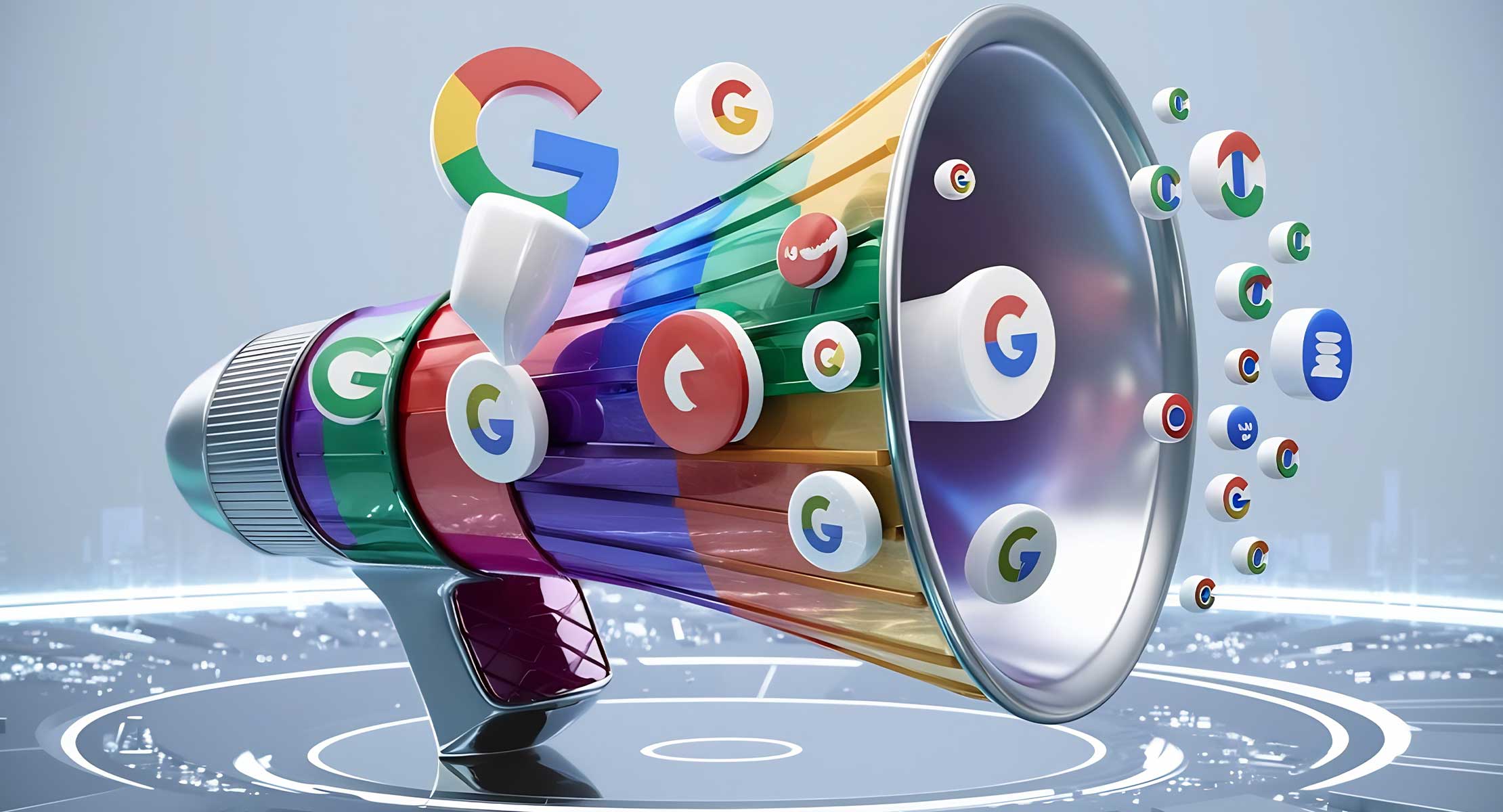Google's Preferred Sources: The Search Game Has Changed
Google’s Preferred Sources shifts SEO focus from algorithms to user trust.

For over two decades, the ritual of search has been a monologue. We pose our questions to the digital oracle, and Google’s monolithic algorithm delivers its verdict, ranking the world’s information according to its own complex and often mysterious criteria. We've learned to navigate this reality, sifting through pages of results to find the trusted voices amidst the noise. But what if that monologue could become a dialogue?
Google has just fired the starting gun on this new era with the official launch of its "Preferred Sources" feature, a deceptively simple tool that represents one of the most significant shifts in the philosophy of search we've seen in years. This isn't just another filter; it's a fundamental transfer of editorial power from the algorithm to the user, with profound implications for how we find information, how publishers build audiences, and the very future of digital authority.
Beyond the Algorithm: A New Era of Personalized Curation
At its core, "Preferred Sources" functions as your personal librarian for the entire internet. The mechanics are elegantly straightforward: after performing a search on Google, you can access the feature to designate specific websites, blogs, or news outlets as your "preferred" sources. Once a source is added to your list, its content will be prominently featured in dedicated carousels like "From Your Sources" or elevated within the "Top Stories" section for relevant queries.
This list is tied to your Google account, creating a persistent layer of personalization across your search experience. Unlike a temporary filter, this is a lasting declaration of trust, a way to tell Google, "When it comes to this topic, I want to hear from these voices first." There is no limit to the number of sources you can add, though overpopulating the list would dilute its purpose.
This move signals a deliberate step away from a purely algorithmic determination of relevance and a step towards a hybrid model where user intent and explicit preference are given unprecedented weight. It transforms search from a passive act of receiving information to an active process of curating it.
The Publisher's Gambit: From Chasing Algorithms to Courting Audiences
For content creators, brands, and news organizations, the launch of Preferred Sources is a seismic event that should trigger an immediate reassessment of their entire digital strategy. For years, the primary game has been Search Engine Optimization (SEO)—a technical and content-driven effort to convince Google’s algorithm of a site's relevance and authority. While this remains critically important for initial discovery, Preferred Sources introduces a powerful new objective: convincing the human reader to grant you a permanent place in their search results.
The focus must now evolve from simply ranking high to building a brand so trusted and a community so loyal that your audience actively chooses to prioritize you. This is the ultimate validation of Expertise, Authoritativeness, and Trustworthiness (E-A-T), the very principles Google has been championing. It means that calls-to-action will need to change; alongside "Follow us on social media" and "Subscribe to our newsletter," we will soon see, "Add us to your Google Preferred Sources to see our content first." This creates a direct, tangible link between audience loyalty and search visibility, a powerful incentive for publishers to invest in quality, consistency, and community engagement over clickbait and fleeting trends.
Echo Chambers and Serendipity: The Double-Edged Sword of Curation
While the empowerment of the user is a welcome evolution, it arrives with a significant and well-documented risk: the creation of personalized filter bubbles or echo chambers. The great, untapped promise of the open internet has always been the potential for serendipitous discovery—stumbling upon a new perspective or an unknown but brilliant source that challenges your assumptions.
By allowing users to hermetically seal their search results to only include voices they already know and trust, Preferred Sources could inadvertently stifle intellectual curiosity and reinforce existing biases. If a user only prefers sources from one side of a political spectrum or one school of thought on a scientific issue, their search results will increasingly reflect and solidify that worldview, shielding them from dissenting or alternative viewpoints. This presents a complex challenge.
On one hand, the feature is a potent weapon against the deluge of low-quality, AI-generated, or outright false information. On the other, it places a heavy burden on the user to consciously maintain a diverse and open-minded list of sources, a responsibility not everyone may actively manage. The ideal use of this tool is not to silence the web but to turn down the noise, yet its very design could lead to unintended intellectual isolation.
The Future of SEO: A Hybrid Strategy for a 'Preferred' World
So, is traditional SEO dead? Absolutely not, but its role has been fundamentally redefined. Think of it as a two-stage rocket. The first stage—comprising technical SEO, quality content, and smart keyword strategy—is what achieves initial liftoff. It’s what makes your site discoverable to a user who has never heard of you before. This is more crucial than ever, as it's the only way to earn a spot on someone's preferred sources list in the first place.
The second stage, however, is brand-building and audience retention. This is the long-term mission. Your content must not only answer a query but also be so insightful, reliable, and well-presented that the user makes a conscious decision to "prefer" you for future journeys. This necessitates a "brand-first SEO" approach. It means doubling down on building a robust newsletter, fostering an active community on social platforms, and developing a clear, authoritative voice in your niche.
Your goal is to become indispensable. You don't just want to be an answer; you want to be the answer, the go-to source a user actively seeks out. This hybrid strategy—technical proficiency for discovery and brand excellence for retention—is the new blueprint for success in a world where users hold the keys to the kingdom.
Conclusion—What's Next
The rollout of Google's Preferred Sources is far more than a new feature; it's a philosophical pivot that rebalances the relationship between the search engine, the user, and the publisher. It acknowledges that true authority isn't just something an algorithm can calculate—it's also a matter of human trust and established reputation.
For users, it offers a powerful tool to customize their digital world, albeit one that comes with the responsibility to avoid self-imposed echo chambers. For publishers, it marks the dawn of a new era where building a loyal, engaged community is not just a marketing goal but a direct driver of search visibility. The future of being found on Google will no longer solely depend on mastering the algorithm but on mastering the art of building unwavering trust with your audience, one reader at a time.
Subscribe to our newsletter
Stay informed with the latest marketing trends, expert insights, and exclusive updates delivered monthly.




